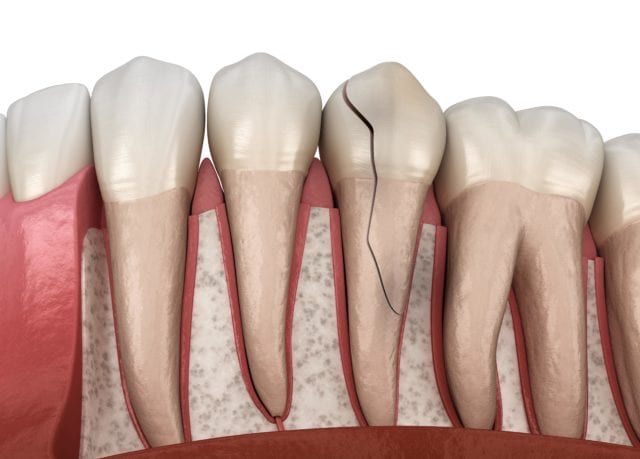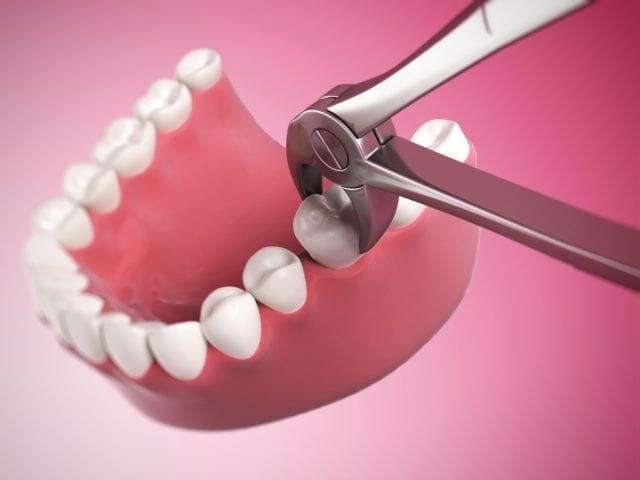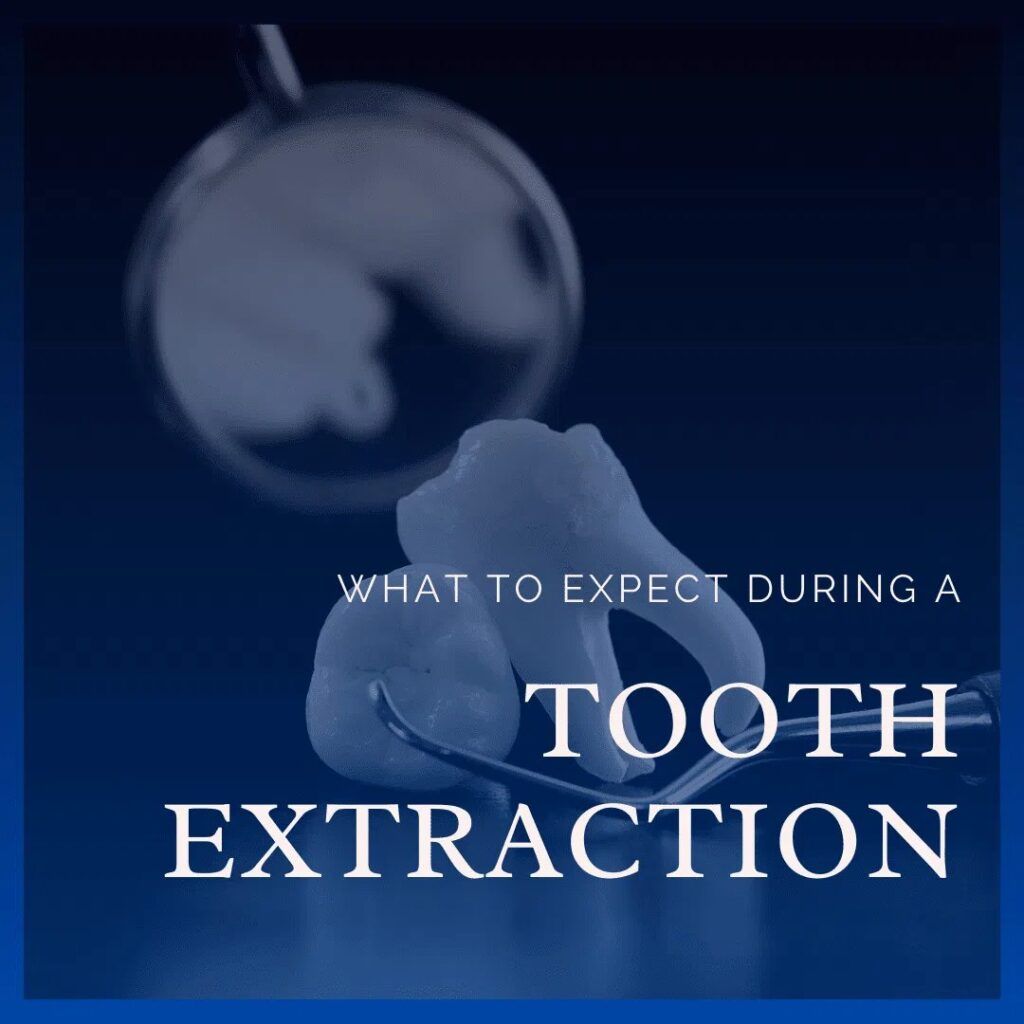Dental implants are used to replace missing teeth, as well as teeth that are severely damaged or decayed beyond repair. While some teeth may fall out on their own due to severe decay or gum disease, others will need to be extracted prior to having dental implants placed. Depending on your individual case and the type of dental prosthetic being used in coordination with your implants, this could mean having a single extraction or extracting multiple teeth.
At this point, you may be wondering when a tooth can no longer be restored and will instead need to be extracted. Although dentists will always work to preserve your natural teeth, there are certain instances where this could pose a threat to your oral health. As such, your dentist is likely to recommend a tooth extraction if:

- Your tooth has an insufficient amount of healthy tissue to support restoration
- A periapical abscess has formed at the base of the tooth root
- You have recurring periapical abscesses
- The tooth has become loose due to the deterioration of the periodontal ligament
- You only have a few remaining teeth and are having implant-supported dentures placed
Despite the fact that many people fear tooth extractions due to the belief that they are painful, modern tooth extractions are routinely performed in a comfortable and safe way. Still, it helps to have an idea of what to expect before having one or more teeth extracted. For starters, it is important to note that you will be anesthetized and sedated before your extraction. This means your mouth will be completely numb and that you will have little to no memory of the procedure. In some cases, you may be completely unconscious.
However since you will be undergoing dental sedation, there are a few necessary preparations. While your dentist will go over these preparations with you during your pre-op appointment, here is a basic idea of what to expect: no eating or drinking after midnight the night before your extraction, wear closed toed shoes that fit well, take or abstain from medications as directed by your dentist, and make plans to have a driver take you home after your procedure.
There are two different types of extraction techniques that your dentist may use depending on the state of the tooth. These extraction techniques include:

- Simple: a simple extraction is when the affected tooth is extracted in one piece using forceps and an elevator tool. Teeth that are structurally intact can usually be removed with a simple extraction technique.
- Surgical: a surgical extraction is when the affected tooth is extracted in multiple pieces and/or incisions in the gums are necessary to extract the tooth. In cases where teeth are severely damaged or decayed and are no longer structurally intact, a surgical extraction technique may need to be used. When simple extractions fail, then a surgical extraction is usually performed to complete the procedure.
Once your procedure has been completed, you will remain in the office briefly to recover and wake up from anesthesia. At this point, your mouth is still numb from the anesthetics, however you will likely feel like your face is huge. This is because your dentist packs the inside of your mouth with cotton to stop any residual bleeding and to protect the extraction sites. In some cases, you may also have dissolvable stitches if a surgical extraction was necessary. Once you are alert enough to walk, you will be able to go home and start the recovery process.

